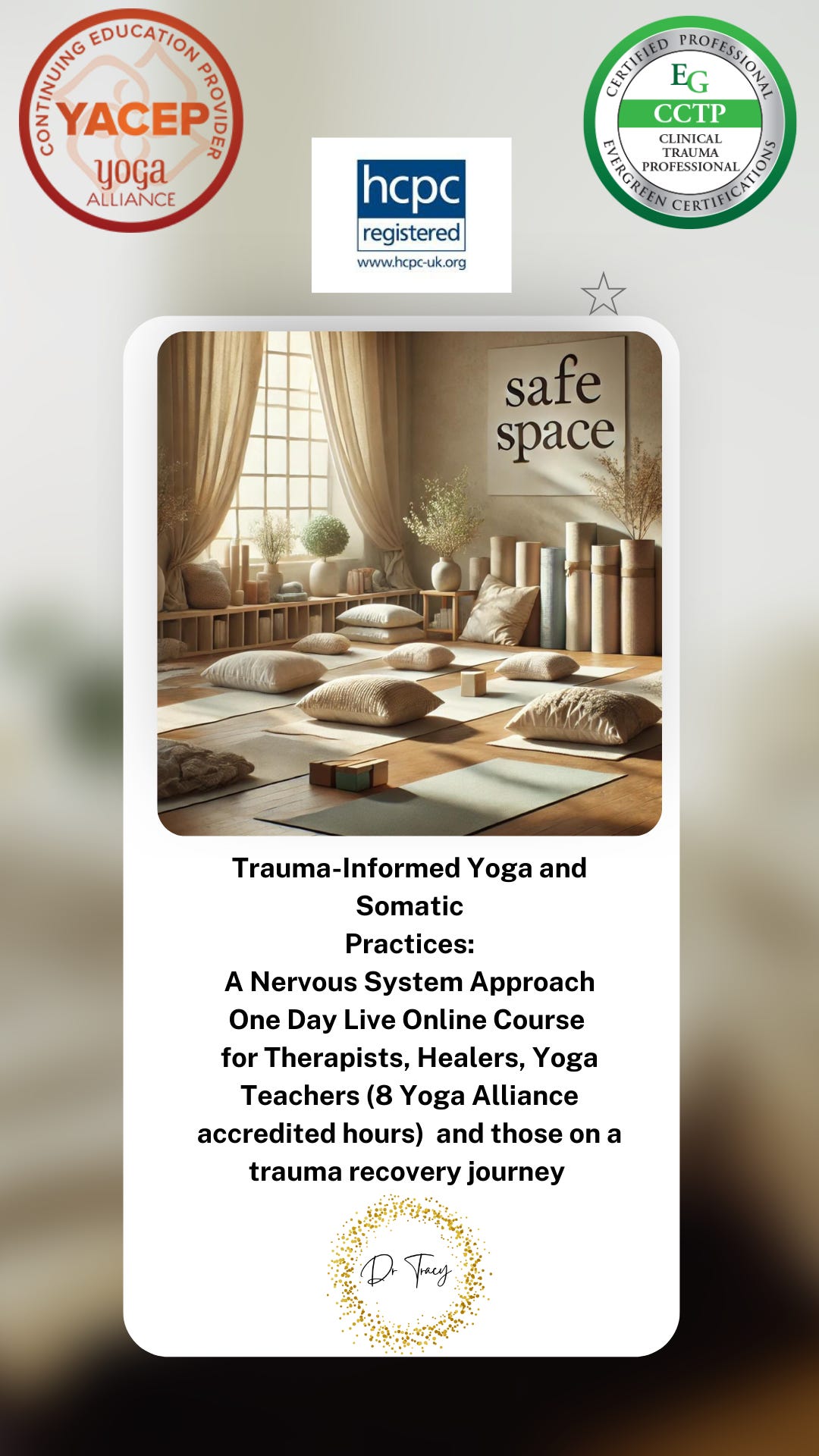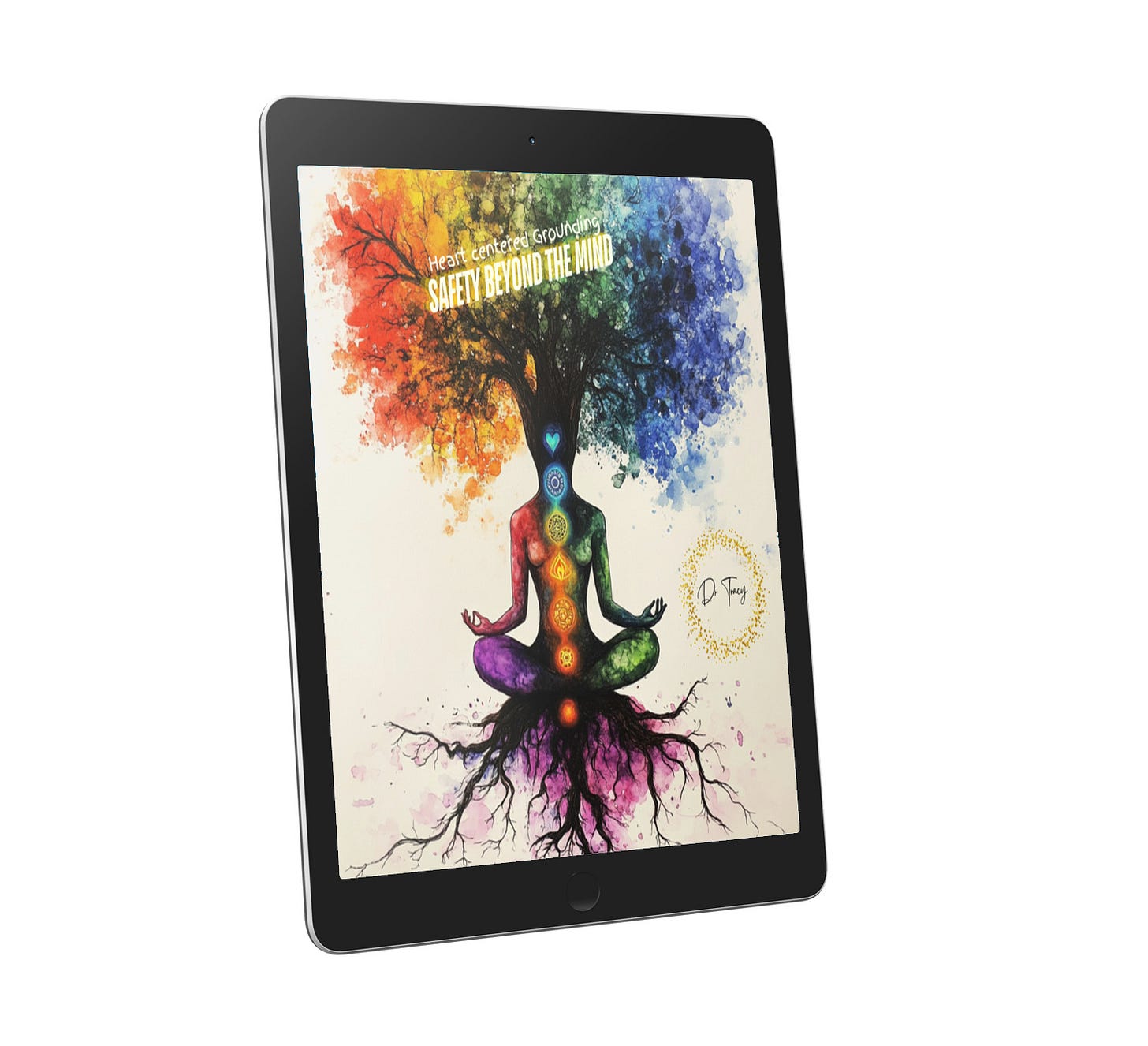Growing up with a narcissistic mother is a deeply painful experience, one that leaves invisible scars shaping our relationships, our sense of self-worth, and the way we navigate the world. It’s an insidious kind of trauma—one that isn’t always obvious to outsiders but quietly dismantles the foundation of a child's emotional security.
For those who have lived it, the realisation often comes in layers. At first, we might excuse or rationalise her behaviour—she’s just stressed, she’s just strict, she’s just trying to make us better. But as we grow, as we observe how love is expressed in other families, the pieces start to come together. We begin to see that what we thought was normal was, in fact, deeply damaging. And in that moment, the real work begins—the work of unraveling the effects of a childhood shaped by a mother who saw her child not as a separate, autonomous being, but as an extension of herself.
How Narcissism Develops
Understanding how narcissism develops can provide some clarity, but it is important to recognise that understanding does not mean excusing. Narcissism often stems from deep-seated wounds— from the mother’s own childhood, where she may have experienced emotional neglect, abuse, or unrealistic expectations. To cope, she may have constructed a false self, one that seeks external validation to fill an internal void.
While this can invoke compassion, it is essential to remember: her healing is not your responsibility. As her child, you were never meant to fix her wounds or provide the love she never received. That is her journey, and hers alone. You can acknowledge her pain without allowing it to consume you, and you do not have to continue the cycle by accepting toxic behaviours in the name of understanding. True healing means recognising that you deserve love, care, and emotional safety—things that she may never be able to give.
Compassion should never come at the cost of your own well-being. You can forgive, if and when you choose, not for her sake but for your own peace. And you can walk away without guilt, knowing that choosing yourself is not an act of cruelty, but one of self-preservation.
A Timeline of Maternal Narcissism
To truly understand the lifelong impact of maternal narcissism, let’s take a journey through the life of Emma, a woman raised by a narcissistic mother. From infancy to adulthood, we will track the patterns of manipulation, emotional neglect, and control that shape her sense of self.
Infancy and Toddler Years: The First Signs of Conditional Love
Emma, a bright-eyed toddler, instinctively seeks connection with her mother. She giggles, reaching for her mother’s attention, but the response is inconsistent—sometimes warm, but often distracted, dismissive, or impatient. When Emma cries, her mother sighs dramatically, muttering, "You're always so difficult." When she giggles at something silly, her mother responds, "Be quiet, you're annoying me."
At this stage, Emma is learning a painful lesson: love and attention are not freely given but must be earned. She begins to suppress her natural emotions, understanding that some feelings are “acceptable” and others make her unlovable.
Early Childhood: The Performance Begins
By the age of six, Emma knows that being praised requires meeting her mother’s expectations. If she draws a perfect picture, her mother proudly shows it off, but if she colours outside the lines, she’s met with a cold, “You can do better.”
She starts learning that approval is a currency—one that she must work hard to earn. She begins to mimic behaviours that bring validation, adjusting her personality to fit her mother’s moods. When she expresses sadness or frustration, she’s told, "Stop being dramatic." Her emotions become something to be hidden, and her true self starts fading.
Prepubescence: The Burden of Being “Perfect”
By the time Emma is ten, her mother sees her as an extension of herself. Emma’s achievements become a tool for her mother to gain admiration from others. When Emma wins a school award, her mother is the first to boast about it to friends. But when she stumbles in a spelling test, her mother mutters, “I don’t know why you even tried. You embarrassed yourself.”
The pressure mounts. Emma internalises the belief that mistakes are not allowed and that love is transactional—offered only when she excels. She starts becoming anxious, constantly measuring her worth by external validation.
Teenage Years: Rebellion and Retaliation
At fifteen, Emma starts asserting her independence. She refuses to wear the clothes her mother picks out, skips the competition her mother wants her to enter, and starts questioning the rules imposed on her.
Her mother’s response is swift and brutal: “You are so ungrateful. After everything I’ve done for you, this is how you treat me?” The guilt seeps into Emma’s bones, but so does a quiet rage.
As she fights for autonomy, the relationship with her mother becomes a battleground of emotional warfare. Silent treatment replaces affection. Love is given and withdrawn like a weapon. Emma oscillates between rebellion and compliance, terrified of losing the love she has spent her life trying to earn.
Young Adulthood: The Illusion Cracks
At twenty-five, Emma starts to see the cycle for what it is. She notices how her friends' relationships with their mothers differ from hers. She tries to set boundaries—limiting phone calls, moving away, making her own choices.
But each attempt is met with guilt-laden manipulation: “I guess you don’t love me anymore. After all I’ve done, you’re just going to abandon me.”
For years, Emma wavers, struggling with guilt. But a small voice inside her grows louder: You are not responsible for her happiness. You deserve peace.
Adulthood: The Path to Healing
By thirty, Emma makes a choice—she will no longer be trapped in the cycle. She seeks therapy, learns about narcissistic abuse, and begins reparenting herself. She mourns the mother she never truly had, the love she never received, and the childhood she lost.
She also accepts the hardest truth: Her mother will never change. And it is not her job to fix her.
Emma walks away, not out of hate, but out of love for herself. She chooses freedom over guilt, healing over pain. And for the first time in her life, she is truly seen—not by her mother, but by herself.
Breaking the Cycle: Reclaiming Your Sense of Self
Healing from a narcissistic mother’s wounds is not easy. It’s not a single moment of realisation but a lifelong process of unlearning and reparenting yourself. Here are the steps that can help you reclaim your power:
1. Acknowledge the Truth
The first step is allowing yourself to see the truth of your experience. It can be painful to admit that the person who was supposed to love you unconditionally was incapable of doing so. But facing that reality is the key to breaking free from the cycle of self-blame.
2. Validate Your Inner Child
The wounded child inside you still longs for the mother’s love she never received. She still waits for the approval, the affection, the unconditional warmth. Part of healing is recognising this inner child and giving her what she was denied. Speak to her. Tell her she is enough. That she is worthy. That she is loved.
3. Set and Enforce Boundaries
Boundaries are a radical act of self-love. Learning to say “no” without guilt, to walk away from toxic dynamics, and to protect your energy is crucial. You do not owe access to yourself to people who drain or manipulate you—family included.
4. Rewire Your Inner Narrative
That voice in your head—the one that criticises you, doubts you, diminishes you—it’s not yours. It’s hers. Begin replacing it with a voice of kindness and self-compassion. Practice affirmations that counteract the conditioning of your upbringing.
5. Seek Support
Healing doesn’t happen in isolation. Finding a trauma-informed therapist, joining a support group, or connecting with others who understand your experience can be transformative. Being seen and validated by others who have walked this path can help you rebuild your sense of self.
6. Release the Need for Her to Change
One of the hardest truths to accept is that your mother may never change. The apology, the understanding, the love you’ve longed for may never come. Holding onto that hope only keeps you tethered to pain. Your healing is not dependent on her actions but on your own choices to reclaim your life.
Do You Recognise These Patterns?
Try this self-reflection quiz below. The quiz is not diagnostic but an opportunity to reflect on your relationship with your mother and recognise potential narcissistic patterns.
Instructions:
Answer each question honestly with Yes or No. If you answer "Yes" to many of these, it may indicate patterns of narcissistic behaviour in your mother’s interactions with you.
Did your mother make her love feel conditional on your achievements, looks, or behaviour?
Did you feel like you had to “earn” her affection and approval?
Was she overly critical, making you feel like you were never good enough?
Did she use guilt to manipulate you, making you feel responsible for her emotions?
Did she dismiss your emotions, calling you too sensitive or dramatic?
Did you feel like you had to “walk on eggshells” to avoid upsetting her?
Did she act differently in public, appearing loving and kind, but behave hurtfully in private?
Did she expect you to cater to her emotional needs instead of the other way around?
Did she shame or belittle you when you disagreed with her?
Did she refuse to acknowledge or apologise for hurting you?
Interpreting Your Answers:
Yes to 7 or more: Your mother may have exhibited strong narcissistic traits that impacted your emotional well-being.
Yes to 4-6: You may have experienced significant emotional manipulation or control.
Yes to 3 or fewer: You may have had a difficult or strained relationship, but not necessarily with a narcissistic parent.
Choosing Yourself: The Ultimate Act of Freedom
Healing from a narcissistic mother is an act of defiance. It is choosing yourself in a world where she taught you that you were secondary. It is breaking free from the invisible chains of guilt and obligation and stepping into your own power, at first it will feel like an alternate reality before it finally becomes home.
Subscribe to get a further quiz to work out the type of inner child wound you may have.
If you want to know more about body-based approaches to well-being and healing why not consider my somatic approaches course where I dive more deeply into body-based ways to regulate the nervous system: Click the image below to find out more:
If you don’t want a regular commitment but would like to contribute to me helping others then click below to buy me a coffee!
I recently spoke about the importance of learning to work with your nervous system, which includes grounding, on UK Health Radio - click the image below to listen.
If you feel you want to try some meditations to help you reconnect with your body which can really help when trying to set boundaries, as you can learn to feel when something does and does not serve you. Click the images below to find out about the specific focus of each. All my meditations use healing frequencies, subliminal messages and binaural beats to enhance recovery - if these terms feel meaningless click, the images to find out more.
To continue to reconnect with your body more and remain mindful and present, see if any of these online courses from Rewire Trauma Therapy resonate with you:
Paid subscribers see my code below for 50% off courses over $240 dollars
Somatic Therapy Programme Link
For media enquiries please see my press page









